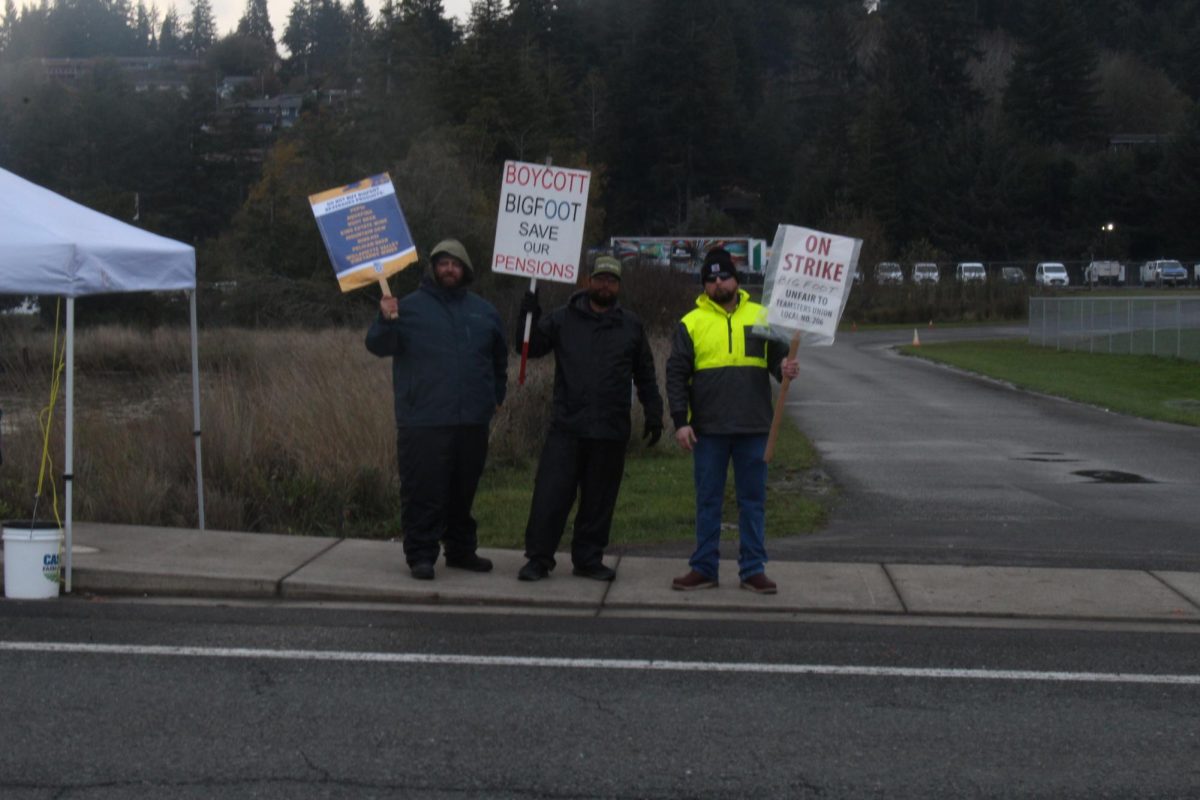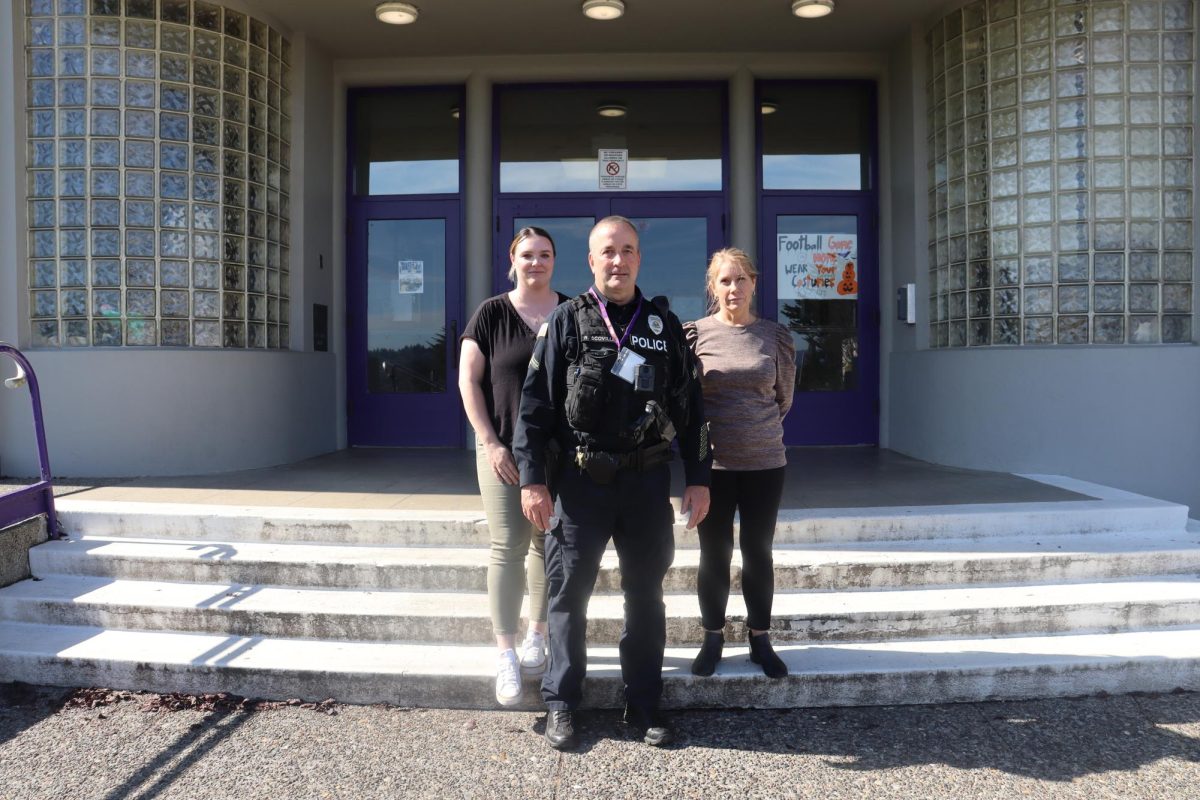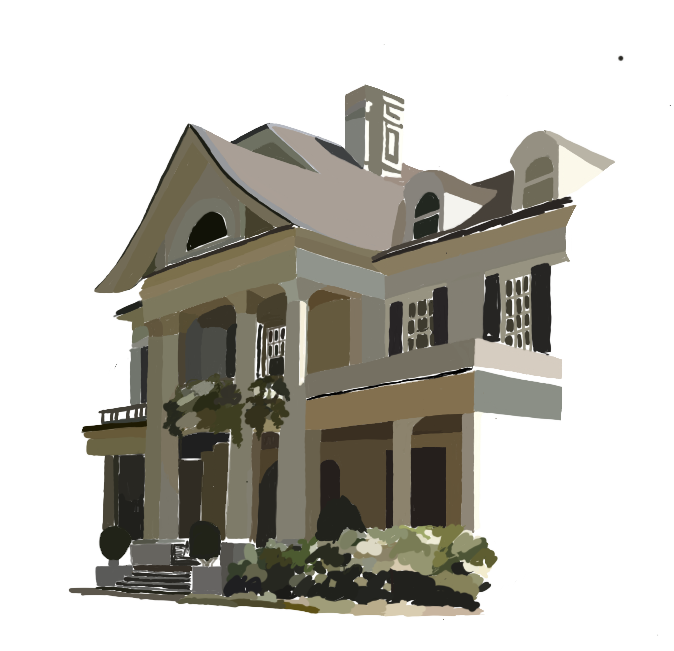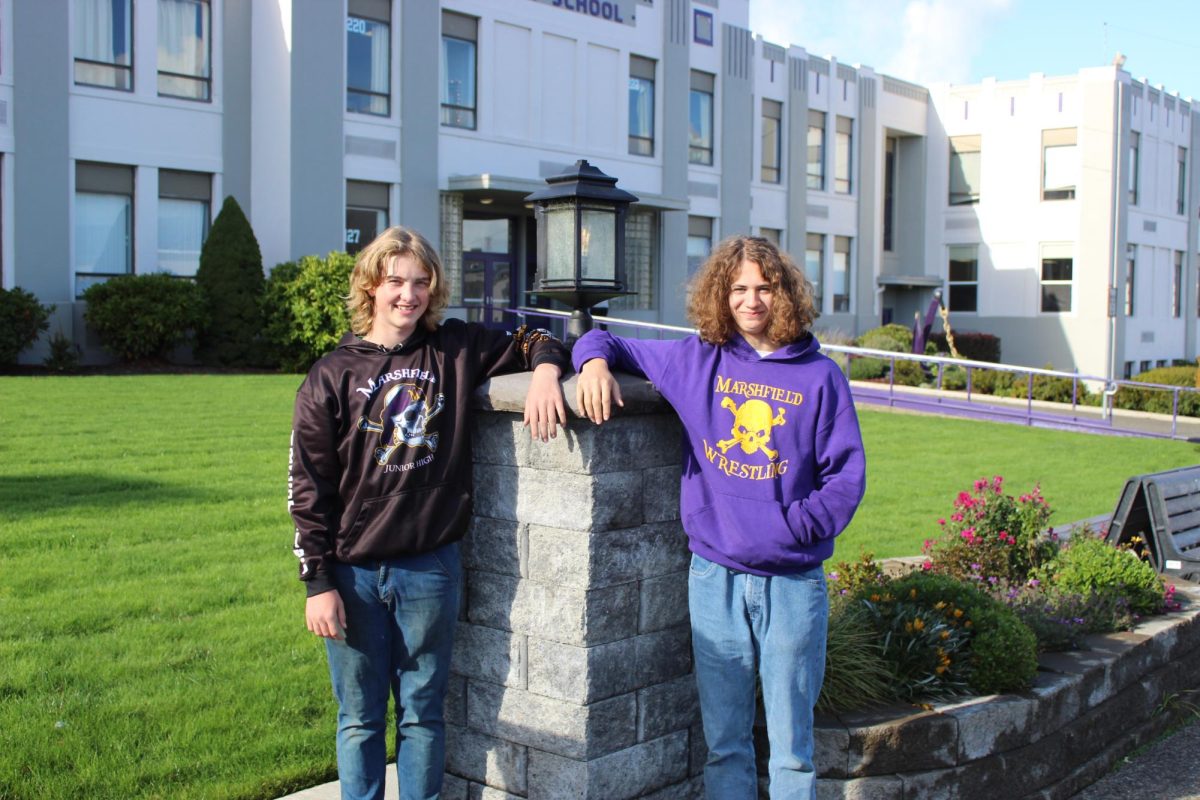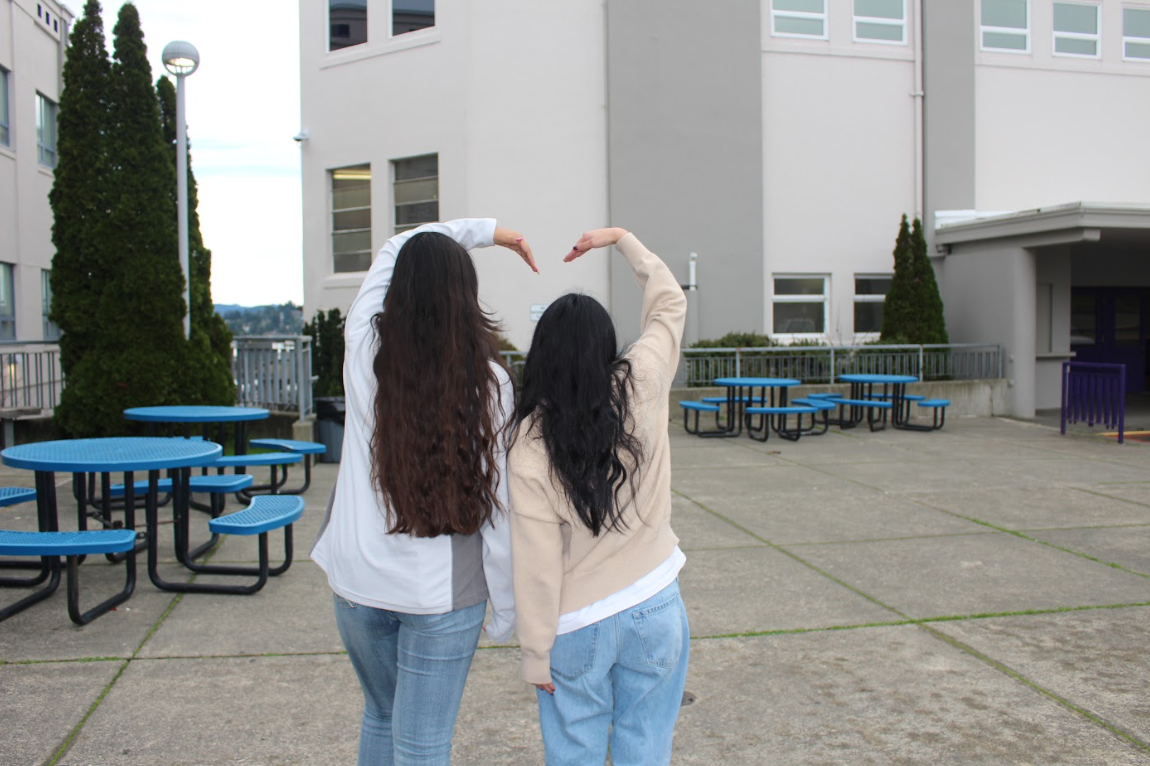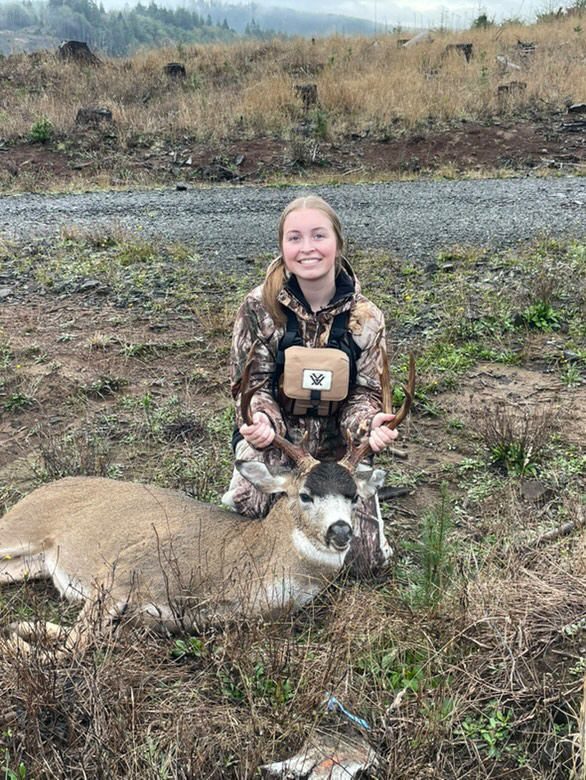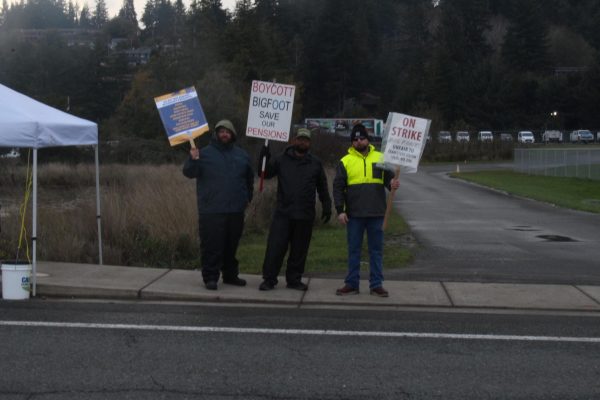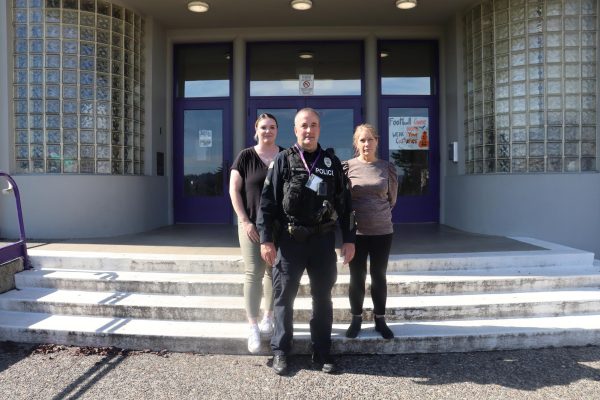The dream of community based living
As the entire world attempts to recover from recent events, mental health has become one of the greatest issues to emerge. But where does the battle begin? How can we go back to normal? Green spaces and walkable communities tackle both issues. With their massive amounts of greenery to interact with, they bring communities together over their beauty as well their environmental benefits.
“We have lots of green around, we have beautiful forests,” said Jennifer ViksneHill, Marshfield High School’s new science teacher, “I think we need to make sure that we have that kind of environment that is accessible to everyone.”
Communities that implement both solutions experience less noise and air pollution, as well as less vehicle related injuries. This is largely due to the fact that walking is one of the biggest ways residents enjoy the world around them. Without as many vehicles on the streets, carbon dioxide levels in cities involved plummet.
Communities implementing these sanctuaries experience less noise and air pollution, as well as less vehicle-related injuries. This is largely due to less people on the road, less congestion, and residents who are less stressed and more in tune with their surroundings.
Major alluring benefits include easy public transportation, close schools, and nearby stores and entertainment. These types of communities also minimize air and noise pollution, as well as car related injuries as walking is a main way of transportation. A byproduct of this is allowing more space for greenery, stormwater management, wildlife and humans rather than cars, which release massive amounts of CO2, noise pollution, and injury.
Green space exposure also has a beneficial link to reduced stress, lessening depression symptoms, bettering well-being, increasing positive moods, and lower psychological distress in adolescence. For developing adolescence, green space can significantly aid in social, physical, and mental development. Studies show a reduction in chronic disease (asthma, diabetes, heart disease, and colon cancer) and obesity in those areas where green spaces are incorporated.
It also boosts community. In safe, walkable environments, there is an undeniable rise of interactions among the inhabitants. This includes citizens, neighbors, and the community as a whole. A study by Donald Appleyard showed residents of streets with slow, light traffic had three times as many friends in the neighborhood as those living on busy roads.
Though they aren’t perfect, studies show that green spaces and walkable living isn’t as impactful in lower income areas. The green spaces tend to be used less frequently as they aren’t high quality or looked after. The pandemic has only worsened this issue.
Not only does green space have benefits, its absence has consequences. Child development issues, mental health problems, and a worse carbon footprint are some of the biggest problems seen where green spaces are not.
Many worry about the costs or starting from scratch, but there’s no need to start from level zero. There is an increase of unused and abandoned buildings or plots that could be converted into a useful space, instead of aging without any human interaction. Dead, unused roads are an example of what can be utilized as a green walkable community. Even something as simple as more trees between the road and sidewalk increases the street’s attractiveness, keeps streets cooler, and eats up the CO2 choking our atmosphere. Individuals can also invest in community gardens, native lawns, biking and walking more often, and more all help the transition to a more sustainable and enjoyable way of living.
Your donation will support the student journalists of Marshfield High School. Your contribution will allow us to purchase equipment and cover our annual website hosting costs.
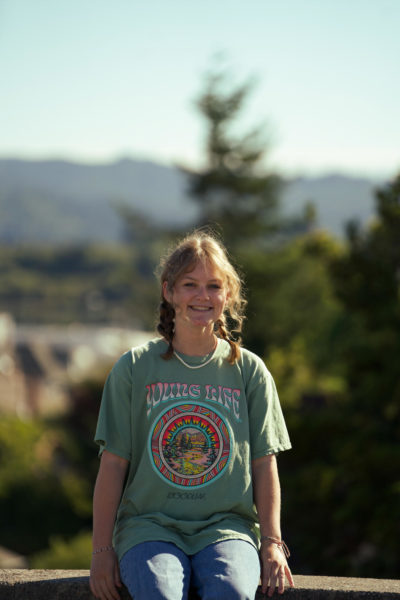
Senior Siena Beckett is a third-year member of The Marshfield Times and Managing Editor. This is currently her second year being the Publicist for ASB....
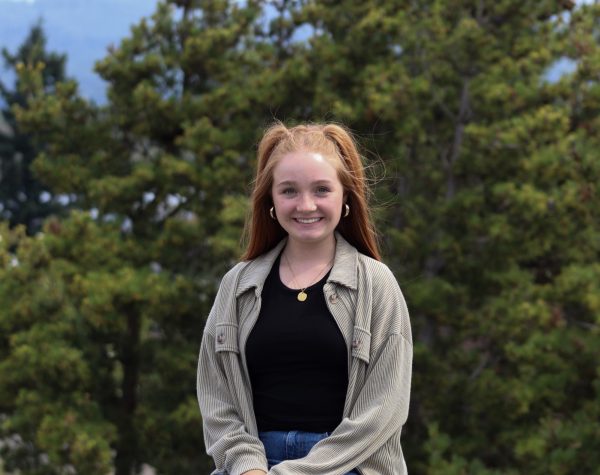
Junior Myla Johnson is a third year member of The Marshfield Times journalism staff and has taken on the role of Managing Editor this 2024-2025 school...

Freshman Marina Mascarenas is a first year member of the Marshfield Times Journalism Staff. She is a part of the Ballet Pacific Company and has been dancing...



